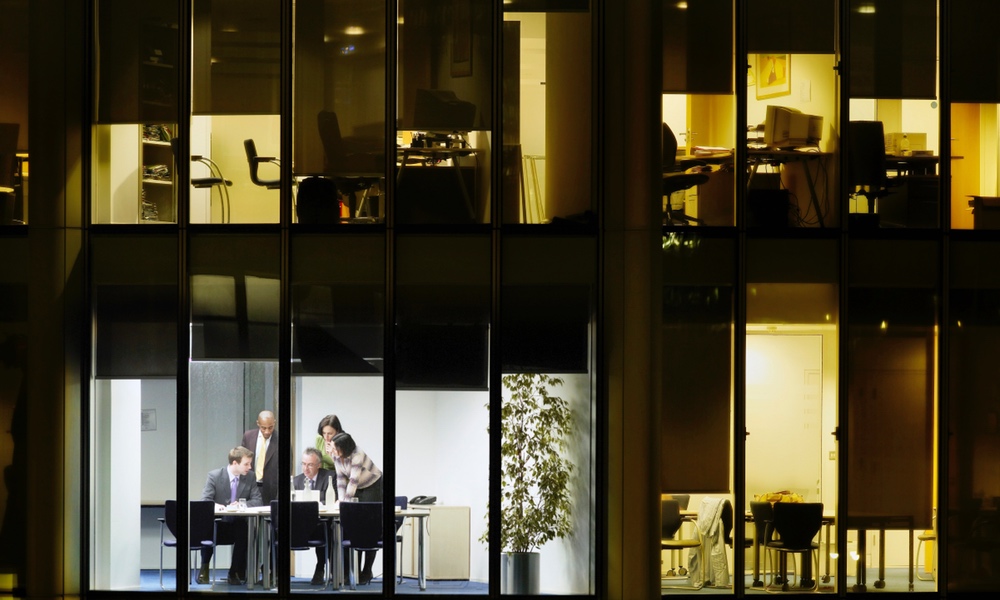The real estate mantra, “Location, location, location,” has been replaced. The COVID-19 pandemic has made us all aware of the importance of good air circulation in preventing respiratory diseases. Airborne transmission has been the main way the highly contagious SARS Co-V2 virus has spread among people, whether it’s in an office building, a nursing home, through a choral group, classroom or a theater.
This wake-up call has been powerful enough that 40 scientists have contributed to a paper that outlines the strategies needed to make different types of public spaces safer — less likely to harbor pathogens and spread airborne diseases. Some of the world's leading experts in the transmission of airborne pathogens are calling for a tightened regulatory system to control air quality in buildings as a way to reduce the spread of COVID-19 and other airborne illnesses.
Making the air in public buildings cleaner and less likely to spread disease is the public health equivalent of the changes encouraged in the 1880s when the British government began to protect water supplies and establish a centralized sewage system to make water safe to drink, the authors say. “In the 21st century we need to establish the foundations to ensure that the air in our buildings is clean with a significantly reduced pathogen count, contributing to the building occupants' health, just as we expect for the water coming out of our taps.”Not every indoor space will need the same level of ventilation and disinfection. A gym where people are exercising and breathing heavily would need more ventilation than a cinema.
The authors, all experts in the transmission of airborne pathogens, are calling for a tightened regulatory system to control air quality in buildings as a way of reducing the spread of COVID-19 and other airborne illnesses.
The standards which architects and builders currently follow regarding air quality are aimed at reducing odors and carbon dioxide levels and keeping indoor temperatures comfortable. There are no standards designed to control the spread of pathogens.
“The key engineering measure is ventilation, supported by air filtration and air disinfection,” the authors write. This can be achieved by making sure a building’s recirculated air is mixed with a minimum amount of fresh outdoor air and cleaned using air conditioning or portable air filters, with disinfection added, using ultraviolet light.
Not every indoor space will need the same level of ventilation and disinfection, according to the authors. It depends on what a building is used for. For example, a gym where people are exercising and breathing heavily would need more ventilation than a cinema.“[W]e need to re-think — and re-regulate — what counts as a ‘healthy’ building.”
“We need to re-think the practice, currently common in many countries, of keeping windows closed and recycling stale air in air-conditioning,” Greenhalgh said. “Windows should be opened and draughty rooms welcomed; if air is recycled it must be filtered and disinfected; and monitoring air quality — for example using CO2 monitors — should become commonplace. In short, we need to re-think — and re-regulate — what counts as a ‘healthy’building.”
The paper is published in Science.





